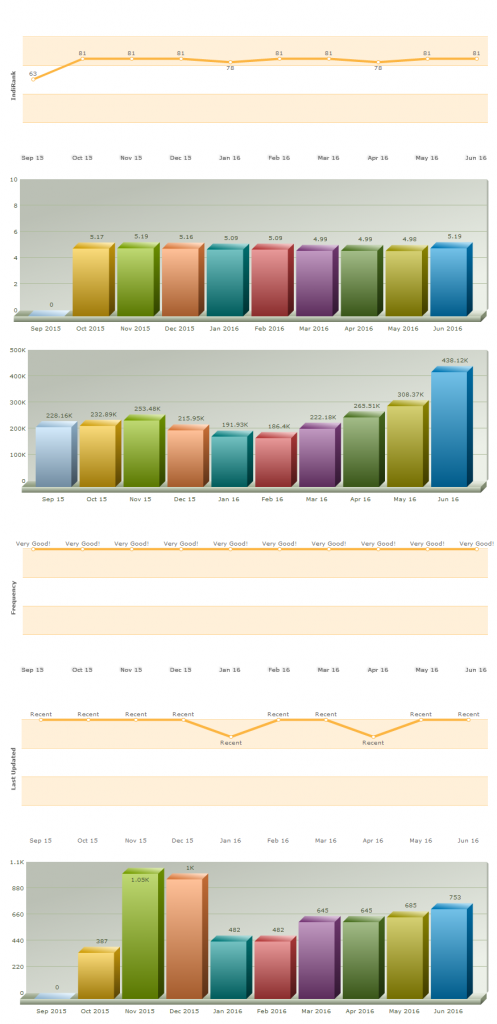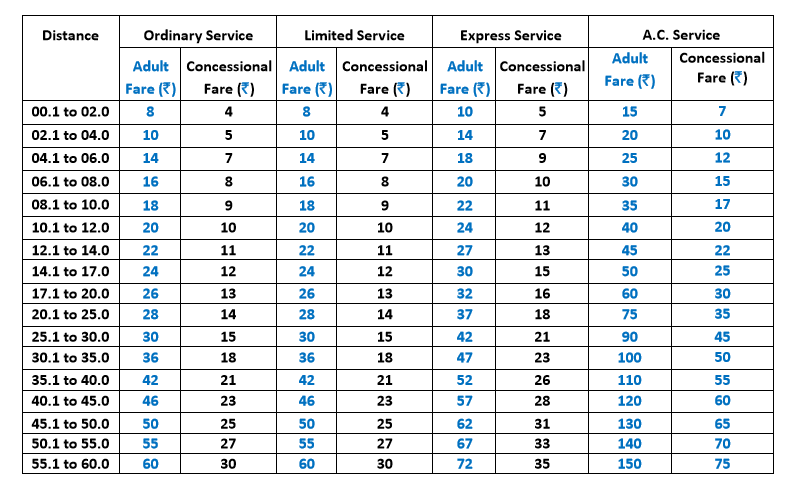Recently, the Government of India decided, in order to expand its Tax Base, to implement an additional Sales Tax on Air Conditioned Stage Coaches. According to notification, a service tax of 15% is applicable on 40% of all revenues collected from AC bus services. This works out to roughly a 6% increase in ticket fares.
While BEST has reduced its fares, leading us to believe that the new fare structure incorporates this 6% increase, others have hiked fares. TSRTC Hyderabad and BMTC have increased the cost of a Daily Pass from ₹150 and ₹140 to ₹160 and ₹150 respectively, BEST has reduced it from ₹200 to ₹150. MSRTC charges a rupee extra for its Shivneri/Ashwamedh services, though this has been there from somewhere in April, thus making it probably unrelated.
While I am for government measures to increase the tax base, this is most certainly not the right way. Let the government start taxing rich farmers instead. The reasons I’m opposed to this tax are:
BEST – We all know the story behind BEST and its Purple Faeries. Barring a few buses from the Oshiwara Depot, these buses are pathetically underpowered, have terribly low-powered airconditioning. They struggle to climb simple slopes. Their Volvo fleet is in good shape however. However, in light of the recent fare reduction, I guess we can give BEST a breather in this section.
BMTC – The first to implement the new Tax, the BMTC had a very interesting thing to do. They used to issue the regular ticket with the ETMS, but charge the Tax with the old Punched tickets. Thus, I used to get a ₹20 printed ticket and a ₹1 punched ticket. BMTC finally managed to incorporate this tax on the ETMs, but now I have pay ₹22 because the Tax amount is rounded off to the next rupee irrespective of how much it is. However, this move is unwarranted because BMTC buses are bad. The older FA series of Volvo buses are rickety, pollute a lot and water leaks in thru the emergency exits. The Corona fleet have buses where the airconditioning just does not work. The newer 57F series Volvos rarely come to the Public because they spend most of their time on Corporate trips for the ORRCA or Manyata Embassy Tech Park.
MTC – Possibly among the worst Volvo fleet, MTC has 100 odd buses which are in horrendous conditions. Buses creak, and reapairs carried out are not what one you’d expect in a Volvo. Damages sections of the exterior and interior are usually patched up with Substandard Aluminium that is used in the regular buses instead of Volvo’s standard Steel or Glass. If this is the condition of the exterior, you can imagine how the Engine or AC might be. However, knowing TN, they might have not implemented this tax as it goes against the populist nature of the state.
DTC – The worst AC bus fleet that I have seen, DTCs Ashok Leyland buses and Tata Marcopolo buses at times do what no other Transco’s buses do. The BEST Cerita AC struggles while climbing a slope. The BMTC Corona AC struggles when the bus is in heavy traffic. The DTC AshLey and Marco AC struggles when the bus is on regular traffic, and even on minor downward slopes! With the maximum fare on an AC bus set to ₹25, this tax is most certainly a welcome move. Delhi is used to subsidies and cheap stuff and it is high time that AC bus fares were increased in the capital.
TSRTC – TSRTC has also increased its fares, but I am confused on which side to take. TSRTC has among the best Volvo fleets in the country, atleast in Hyderabad. The buses are maintained well, operate on good routes and frequencies, and are in general above expectations. However, the fares are already on the higher side, and thus the extra bit is a little unwarranted.
On the whole, I think this Additional Tax needs to be rolled back. It’s a bad idea to tax the Middle Class more. The upper class doesn’t take the bus, the lower class doesn’t take an AC bus. As always, increasing the Tax Base comes and burns the Middle Class pocket.
Dear @ArunJaitley, the extra tax on AC Stage Carriages needs to go ASAP! Share on XWhat is your take on this?
![]()


